With the start of the new decade, the digital marketing industry is abuzz with anticipation for 2020. Top interactive agencies are predicting big shifts in the upcoming year, in everything from engagement tactics to design and user experience. Bluetext, as one of Washington DC’s leading digital marketing agencies, has some 2020 predictions of our own.
In the upcoming year, trends in technology will alter and enhance how the world interacts with various media. Top interactive agencies are predicting massive growth in virtual reality digital marketing. The future will be filled with smart devices delivering increasingly insightful and interactive digital experiences. Recent innovations have allowed marketers to blend digital and physical realms to create an immersive world. Technology will enable expanded connections between sets of people, businesses, devices, content and services.
A top technology trend of 2020 will be virtual reality (VR) and augmented reality (AR). Virtual reality refers to any type of experience that places the user “in” another world or dimension. Augmented reality is a term for essentially placing virtual content “into” the real world by way of, for instance, your camera on your iPhone or an app. The most popular example of this is Pokémon Go.
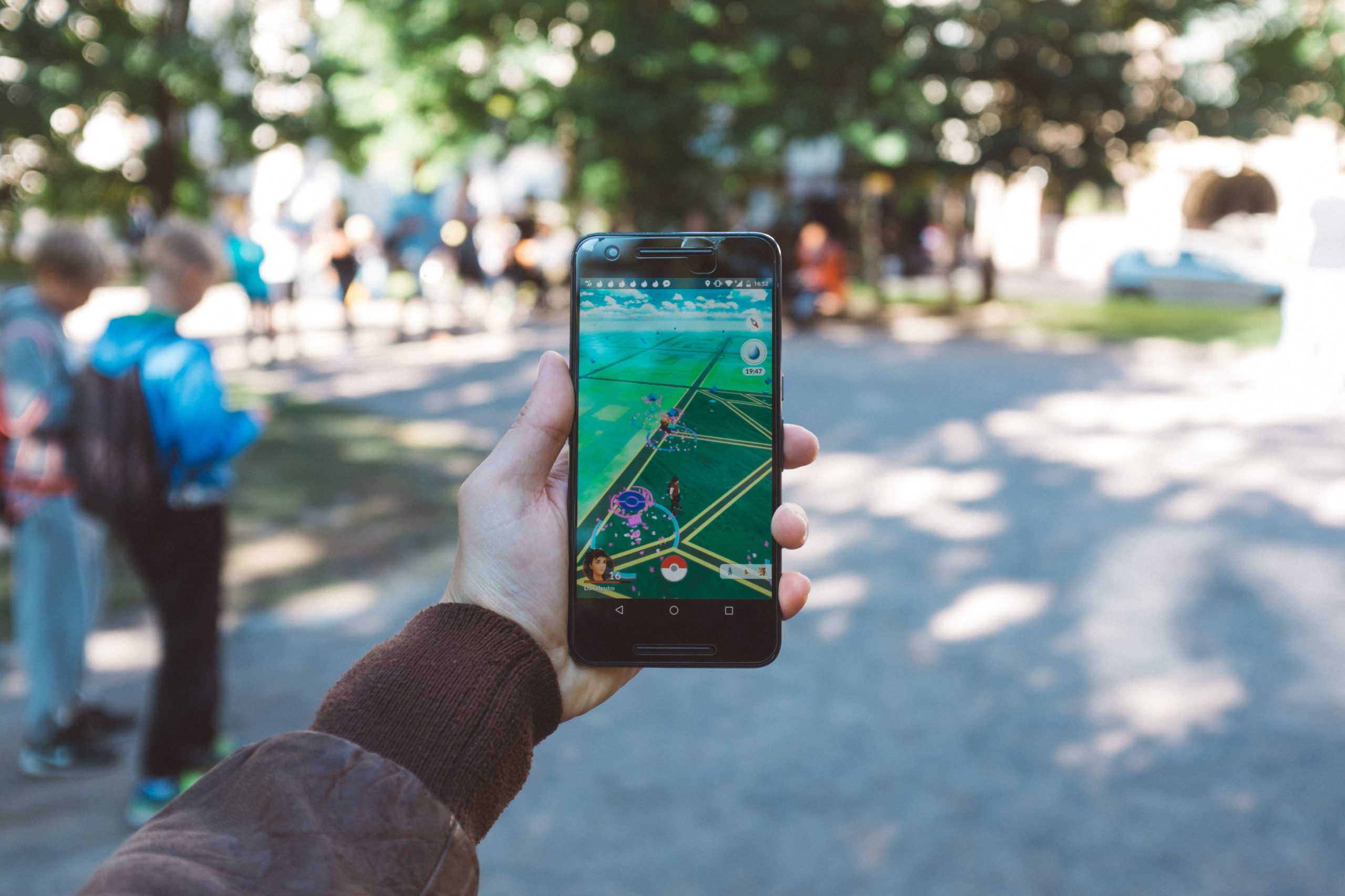
Top interactive agencies have been demonstrating the power of VR to change how users perceive the world and creating a truly immersive experience. Virtual reality production companies are expecting the next generation of VR to be able to sense shapes and track a user’s position and mixed reality (augmented and virtual) will enable consumers to view and interact with the world.
Virtual and augmented reality have been around for years, however, many companies were hesitant to adopt due to a poor user experience. Through recent tech improvements and growing expertise of user experience & interface companies, such as Bluetext, AR and VR are expected to grow quickly. In the next two years, Gartner predicts “70% of enterprises will be experimenting with immersive technologies for consumer and enterprise use.” Google cardboard glasses are a popular —and inexpensive—method to distribute the virtual reality digital marketing experience. 
A number of companies have already deployed innovative AR and VR experiences, especially in the B2C realm. Companies such as Sephora and IKEA are using augmented reality to allow consumers to preview and test products. While AR and VR lend well to the “try before you buy” sales strategy with enticing previews to persuade a final purchase decision, it has also been used in campaigns to turn heads. Burger King unveiled an AR experience that quite literally burned away the competitor. The fast-food chain encouraged app users to scan competitors’ ads, which would activate an augmented reality experience. As the competitor’s ad combusted, it was replaced with a Burger King ad and directed to the nearest restaurant to claim a free Whopper.
Top virtual reality digital marketing experts will tell you this tech trend is sweeping a variety of industries as a method of differentiation. Especially in the B2B market, virtual reality has proven to be an incredibly powerful marketing tool to help close a sale and drive conversion. A virtual reality experience can go in-depth to product specs and prove exactly why it’s superior. When designed by a top virtual reality video production company the experience can be like a trade show, a sales demo, and a marketing presentation in one. Industries like cybersecurity or manufacturing can truly benefit from immersive experiences. When products are shown through virtual reality, the viewer can demo a complex product with ease. Top virtual reality video production companies also stress the importance of standing out in saturated markets and hectic trade shows.
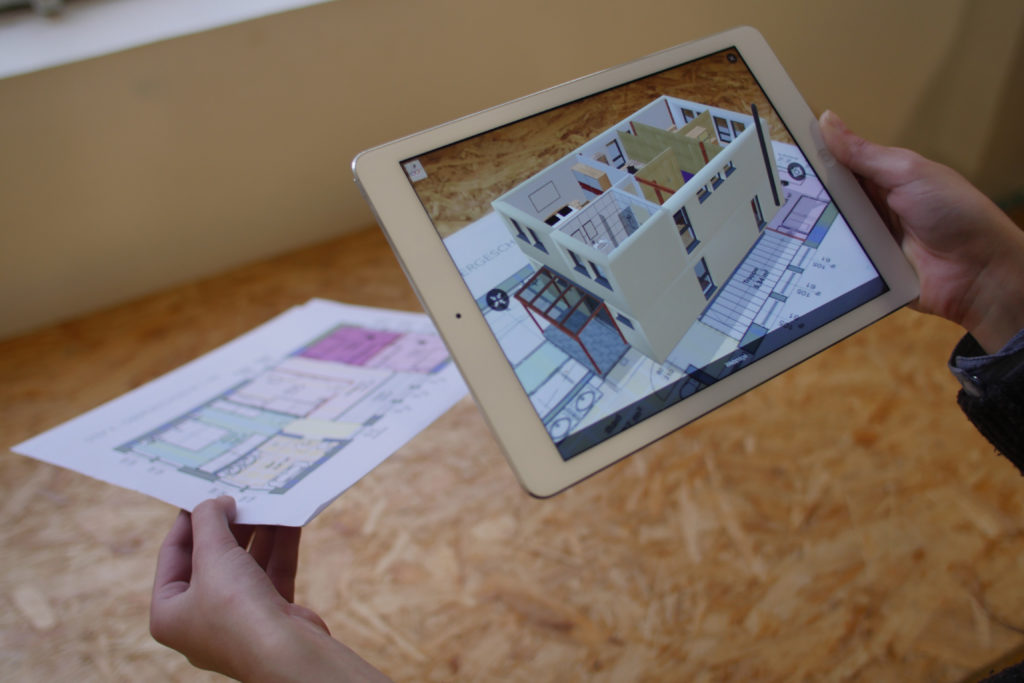
An effective and memorable AR or VR experience is an opportunity to capture physical attention and convert that to digital action. Interested in differentiating your company with next-generation digital tactics? Learn how Bluetext can bring your video and virtual reality ideas to life.
Bluetext’s Chief Creative Officer, Jason Siegel will be speaking at MediaPost OMMA VR/AR in New York during Advertising Week on September 28th.
MediaPost saw the need for an event focused solely on Augmented and Virtual Reality as these new mediums have taking the marketing world by storm. The event will explore how marketers can take Virtual and Augmented Reality from the novelty phase into an opportunity to enrich branding and deepen consumer relationships.
Jason will be part of a panel discussion titled “Retailers Follow Pokémon Go”, which will examine the overwhelming success and influence of Pokémon Go, and how retailers can learn from this case study and incorporate AR or VR experiences into their marketing strategy to appeal to in-store shoppers.
Other topics the event will cover include:
- How different types of VR/AR experiences map against specific brand goals.
- Where do you start…small?
- How to distribute experiences efficiently and connect VR/AR campaigns to other marketing platforms and programs.
- Who are the players and how should marketers and agencies vet them?
- Storytelling in 360 degrees
Make sure to tune in for the conference live-stream on September 28th at 4:00pm EST here. And to learn more about Bluetext’s VR work, contact us today:
It’s been an exciting summer here at Bluetext, and to top it all off, our Chief Creative Officer Jason Siegel is speaking at BizBash’s Elevate DC 2016 on August 3rd about his ideas and insights on the many cool things happening in our office and the industry in general. Jason will head to the Reagan Center here in Washington on August 3rd to participate in this one-day conference for meeting and event professionals. Filled with engaging speakers from a variety of industries, Elevate DC promises to be a great time, and Bluetext is honored to participate.
Jason will speak about “The New Rules of Social Media and Event Marketing”, sharing the way that social media engagement and other innovative marketing strategies can help businesses drive interest and registration for events. Following up on Bluetext’s recent virtual reality campaign for Varonis, Jason will discuss how to seamlessly integrate VR into an event marketing strategy. He will also be exploring how to use a three-part, campaign-style approach to maximizing event reach and creating urgency to register.
To see Jason’s presentation and the many other great speakers coming to Elevate DC this year, you can register here. And to learn more about how Bluetext is on the cutting of VR, reach out today:
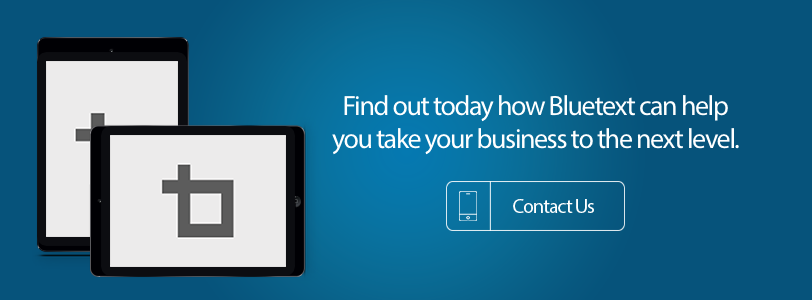



If Dunkin’ Donuts plasters ads on the inside of city buses, it is because they believe riders exposed to the brand – over time – will be more inclined to stop for coffee and a donut at DD rather than at Starbucks, McDonald’s, Krispy Kreme, what have you. Or even that a consumer getting on a bus not thinking about coffee or donuts will exit the bus with these items at the forefront of their consciousness.
If Dunkin’ Donuts continues with this line of thinking, they will ask themselves what else could persuade riders beyond “seeing” an ad of the brand logo and pictures of the products? Would riders be further compelled if they could “smell” the coffee or glazed donuts on the bus?
Over the past few months, we’ve been talking a lot about augmented reality marketing and virtual reality marketing – two important pieces of the sensory marketing puzzle. Effective marketing requires engaging all or many senses, however, so CMOs must identify the right multi-sensory mix to positively impact the target buyers (whether they are consumers or business users).
Sensory marketing and experiences have been around for decades and examples abound. Much of it comes down to the effects of a desensitized audience. A theme park visitor who first rides the tallest roller coaster in the world will have a thrilling experience, but what happens when the visitor rides the coaster a second, third or tenth time? So theme parks might try and activate other senses through smoke, sound, lights, etc. If you want to know where theme park attractions are headed by the way, Legoland’s new Ninjago 4-D attraction offers a hint as the first ride in North America that uses hand gestures in place of physical devices to control a ninja warrior battle. The attraction also adds sensory experiences such as heat, smoke and wind for the virtual journey.
In a recent article for Harvard Business Review, a pair of professors shared results from four studies they conducted on when sensory marketing works and when it doesn’t for brands. The studies focused on taking product brands consumers were familiar – Nokia and Apple phones – and adjusting the product and packaging to gauge impact on brand perception. Prior to showing research subjects the new phones and packaging, the researchers first determine that Apple was viewed as the “exciting” brand and Nokia the “sincere” brand. This was important, because according to the study, brand perception impacted the amount of leeway Apple and Nokia had to fundamentally alter the product, packaging, and promotional experience.
The bottom line, according to the authors, is that consumer preference can be altered by sensory marketing tactics, but how well the tactic works depends on the brand’s personality. Apple as an “exciting” brand may be able to get away with surprising consumers with unexpected sensory experiences without undoing positive brand perception, whereas Nokia may risk alienating loyal customers if radical changes run counter to its brand sincerity.
The researchers went on to conclude from the four studies that overall, individuals prefer sincere brands (hallmark, Ford, Coca-Cola) over exciting brands, “when the brand’s packaging or promotional accessories felt and looked the same, but they preferred exciting brands (Mountain Dew, BMW, Pepsi) when the brand’s packaging or promotional accessories did not feel and look the same.”
As sensory options for marketers extend from see and hear to smell, touch and immersion, a host of new opportunities open up for CMOs – opportunities that become risks if the CMO overlooks some key takeaways from these studies. Creating a virtual or augmented reality experience in and of itself will not necessarily turn off users of a sincere brand, but marketers must be mindful of risks if the experience itself does not stay true to sincerity of the brand. To learn more about the importance for VR marketing, reach out today:




Anyone familiar with The New Yorker Magazine may have noticed an interesting cover on the May 16 edition—a two-color drawing of a women stepping onto a subway car. It seems somewhat simple—not particularly eye-catching. But download an app called Uncovr (developed for The New Yorker), hold it over the magazine’s cover, and the image comes to life in your smart phone’s screen. Buildings grow off the page in 3-D form, music plays, city blocks rise up into the air, cars move around the streets. You can bring it in closer to zoom in among the buildings and see more detail, or bring it farther away for an overhead view. As long as you keep the screen anchored to the cover, an eye-popping video experience unfolds for the viewer.
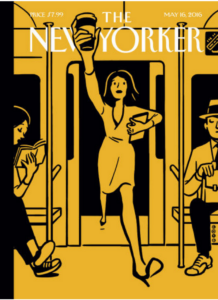

This is Augmented Reality at its best. This older cousin of Virtual Reality has paved the way for the more immersive VR technology experiences through a Google Cardboard or a more expensive set of VR goggles like Oculus Rift or the Samsung Gear.
Augmented Reality is a live view of the physical environment that is augmented by computer-generated visuals. Virtual Reality, by contrast, replaces the real world with a digitally created one. Yet for marketers, they can go hand-in-hand. We’re huge fans of VR for digital marketing, and have produced a number of high-end experiences that bring customers into a virtual demonstration using state-of-the-art cameras and video editing. But new and better ways of leveraging Augmented Reality can play well along side of a VR campaign.
For marketers, this can mean an engaging way to preview a Virtual Reality campaign that can scale to as large of an audience as needed. Where VR videos require a set of goggles, Augmented Reality only needs a still graphic to key off of and an easy app download.
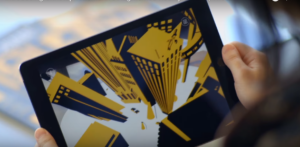

In The New Yorker’s example, the distribution model was simply the cover of the weekly publication. For CMOs at our enterprise clients, it can be a mailed postcard or one-pager, or it can be conveyed through a digital graphic via social media or an email. The image essentially serves as its own bar-code or QR code, bringing the experience to life. But rather than an obscure set of black bars and white spaces, the newer versions of Augmented Reality can anchor to a graphic representation that is part of the visual display, and leverages the motion-detecting software in the phone for changing viewing angles or for zooming in and out.
Augmented and Virtual Reality together deliver an amazing immersive experience that sets a marketing campaign far apart from the other noise in the market.
